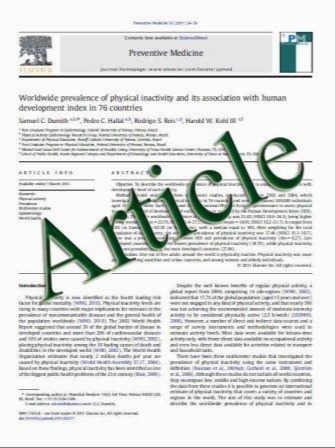Distal plate placement for distal radius fractures limits wrist motion
- نوع فایل : کتاب
- زبان : انگلیسی
- مؤلف : Shingo Komura Hiroyuki Tanahashi Yoshihisa Yamada Tatsuo Yokoi Hidehiko Nonomura Yasushi Suzuki
- چاپ و سال / کشور: 2011
Description
Purpose To investigate the influence of distal plate placement for distal radius fractures on risk of flexor tendon complications and wrist motion by performing hardware removal. Materials and methods Fourteen patients treated with a Synthes 2.4 mm juxta-articular LCP Distal Radius Plate underwent hardware removal at C6 months postoperatively when improvement of range of motion and grip strength were obtained. Location of plate placement, condition of the flexor tendons, range of motion, grip strength, and postoperative complications were evaluated. Results The average minimum distance between the plate and joint line was 2.0 mm (range, 0.4–4.5 mm), and average distance at the base of the styloid process was 7.5 mm (range, 4.2–9.6 mm). All plates were located distal to the watershed line. Pathological conditions of flexor tendons were observed in 3 patients—adhesion of flexor pollicis longus in 1 and flexor tendon synovitis in 2— however, there were no cases of abrasion or rupture. The average active wrist flexion improved from 53.6 to 61.1, extension from 67.5 to 70.7, and the flexion–extension arc of motion improved from 121.1 to 131.8. The flexion and flexion–extension arc were significantly improved (P = 0.0003 and P = 0.007, respectively). The average grip strength increased from 18.5 to 19.4 kg (not significant). Temporary median nerve disturbance was observed in 1 patient as a postoperative complication. Conclusions Removal of juxta-articular LCP Distal Radius Plate improved wrist motion. Plates located distal to the watershed line may increase the risk of flexor tendon complications and limit wrist motion
Eur J Orthop Surg Traumatol DOI 10.1007/s00590-011-0809-7 Received: 1 January 2011 / Accepted: 23 February 2011


